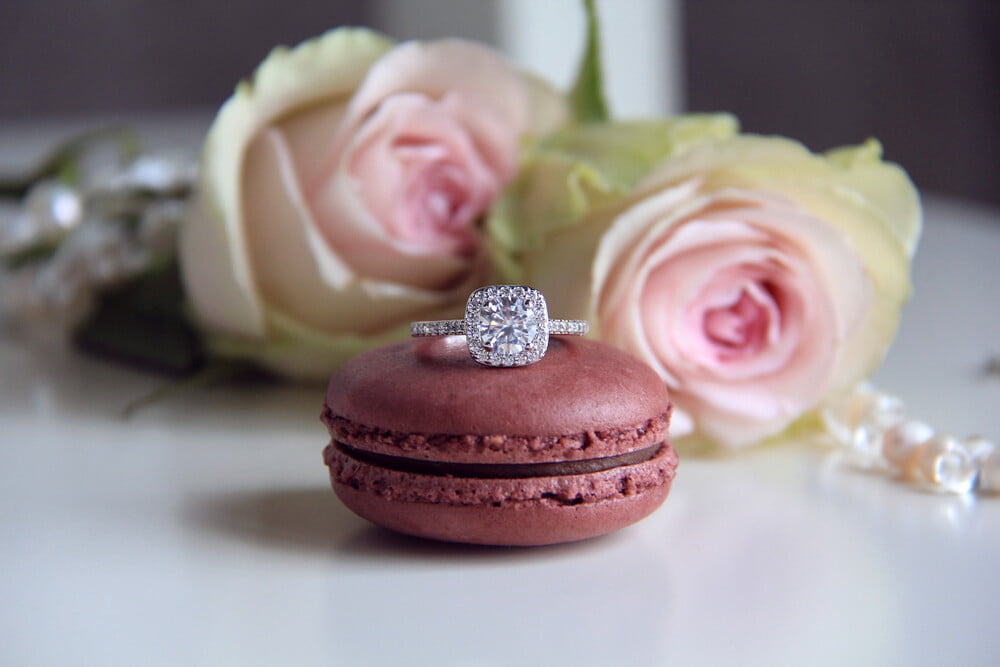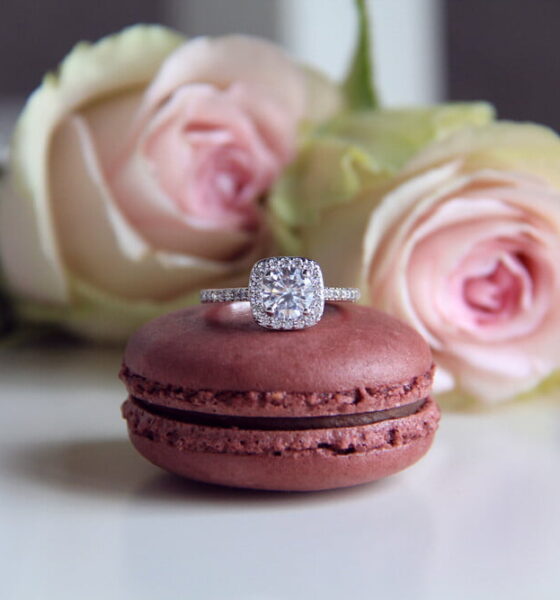I was still in graduate school back in 2009, while I was a member of the college chapter for Amnesty International. During one of our meetings, we watched a compelling docudrama about the blood diamond market in Africa. It was heartbreaking to see how many people lost their lives for blood diamonds in third world countries.
Unfortunately, the market for blood diamonds has not disappeared in recent years. Human Rights Watch recently discussed the ongoing crisis. They specifically talked about the horrifying consequences of the blood diamond market in eastern Zimbabwe, but the problem exists in other areas as well.
The good news is that there are alternatives for conflict diamonds. Anybody considering buying an engagement ring should be aware of their other options.
Blood diamonds face grind competition from other sources
Most countries are not taking adequate steps to curb the demand for blood diamonds. Russia originally had a ban on them, but that ban was lifted in December. Therefore, it is up to consumers to fight the demand for blood diamonds.
Couples that are about to be engaged don’t have to settle for purchasing blood diamonds. They have plenty of other options to choose from. Some of the best alternatives are listed below.
Other gemstones
Diamonds have been the preferred stones for engagement rings for many years. However, this does not mean that they are the only stones that can be used.
Couples will have a lot more options if they abandon their tunnel vision and realize other stones can just as easily be used in engagement rings. Emeralds, sapphires and rubies are all popular alternatives for engagement rings.
Finding ethically sourced gems are what led to the formation of The Responsible Jewellery Council (RJC) which is a nonprofit organization that aims to promote responsible and ethical practices in the jewelry industry. The RJC has developed a set of standards called the RJC Code of Practices (COP), which establishes responsible business practices for the jewelry supply chain. The first Australian company to pass this set of standards is still promoting responsible practices and selling their products like emerald jewellery in melbourne.
In some cases, these alternative gemstones might make a lot more sense than a diamond. Certain gemstones might have emotional significance to somebody. A sapphire might be a great gem for a woman that has a cool, laid-back personality. Her husband might choose the stone to remind her how much he loves this aspect of her personality. Buying a ruby might be a great way to tell her that he loves her fiery, passionate spirit. Opting for alternative gemstones also allows for the possibility of engagement rings for active lifestyles. If your significant other loves the outdoors, you may want to go with something less traditional.
A birthstone could also be a great option. The birthstone for April is the diamond. This means that husbands can choose different birthstones for women born in any of the other 11 months of the year.
Heirloom diamonds
Alternative stones are a great option for people that want to avoid purchasing blood diamonds. However, some people are still stuck on the idea of getting a diamond for their engagement ring. This is also perfectly fine. There are plenty of options for people that want to purchase diamonds without resorting to blood diamonds.
One option is to use an heirloom ring. Many women will be honored to wear a ring that has been part of the family she is about to marry into. They won’t be creating a market for blood diamonds by using heirloom rings, because the diamond has already been forged. Many of them were made before the controversy with conflict diamonds started in the first place.
Lab-grown diamonds
The market for diamonds is far more diverse than it was even 20 years ago. In the old days, virtually all diamonds were extracted from diamond mines. This meant that the market for diamonds was extremely limited, which put a lot of pressure on people looking to purchase engagement rings. They had to pay steep prices and couldn’t afford to be picky about where they came from.
New scientific advances have changed things considerably. In 2020, it is perfectly possible to purchase diamonds that have been produced in laboratories. A lab-grown diamond is a great alternative to a traditional diamond in many ways. Many leading manufacturers of lab-created diamonds have emphasized the ethical superiority of their products, compared to jewelers that use blood diamonds. Many major investors have praised some of these companies for their contributions to the market. Terry Burman, Chairman for the Board of Abercrombie and Fitch, lauded the growth of the lab grown diamond market.
“It is partly the result of technology that allows gem-quality diamonds to be produced. But consumers now accept that these lab-produced diamonds are chemically and visually the same as mined diamonds and serve the same purpose,” said Burman.
Other manufacturers have talked about using lab-grown diamonds to reduce costs since many people are struggling to afford such affluent purchases in an age when wages are stagnating.
Blood diamonds are not the only option
A growing number of people are becoming disenfranchised with the conflict diamond crisis in Zimbabwe and other parts of the world. They don’t want to contribute to the growing human suffering that these diamonds have created. Fortunately, they can avoid contributing to these horrors by investing in other alternatives. Lab-grown diamonds, heirlooms, and other gemstones are a great way to curb the blood diamond crisis.


 Environment9 months ago
Environment9 months agoAre Polymer Banknotes: an Eco-Friendly Trend or a Groundswell?

 Environment10 months ago
Environment10 months agoEco-Friendly Home Improvements: Top 7 Upgrades for 2025

 Energy12 months ago
Energy12 months agoA Closer Look at The Rapid Growth of Solar Energy in Ireland

 Features8 months ago
Features8 months agoEco-Friendly Cryptocurrencies: Sustainable Investment Choices























